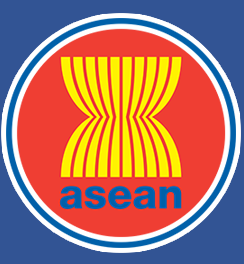ASEAN Journal on Science and Technology for Development
Abstract
A UASB reactor of 6-litre capacity, made of acryl material, was operated continuously for 20–22 weeks in three different phases, using actual dairy mill effluent at a constant mesophilic temperature and neutral pH. The dairy wastewater was highly alkaline, turbid and milky in colour with a bad odour. The average COD and BOD concentrations of the dairy mill effluent were observed to be 2945 mg/l and 1070 mg/l, respectively. Phase I was the start-up phase, with OLR of 0.13 g COD/l.d. SLR, effluent VFAs, effluent TSS, biogas production and methane composition observed during this phase were 1.4 g COD/g VSS.d, 1240 mg/l, 240 mg/l, 1.74 l/CODrem.d, and 62%, respectively. The overall observed biomass yield was found to be equal to 0.034 g VSS/g CODrem. During phase II,the optimum pH was determined to be 6.8–7.1. In the last phase, phase III, the effects of OLR and HRT were observed. The optimum OLR and HRT were observed to be 4.76 g COD/l.d and 16 h, respectively. Correspondingly the COD removal efficiency, effluent VFA and TSS concentrations, and the amount of biogas production were observed to be 78%, 770 mg/l, 300 mg/l and 2.07 l/CODrem.d, respectively. The results of this study suggest that a UASB reactor is an effective tool and viable option for reducing pollution from dairy mill effluent.
Publication Date
6-19-2012
Recommended Citation
Ali, A; Khan, S; and Khan, K.A.
(2012)
"Performance Evaluation of a UASB Reactor Using Dairy Wastes,"
ASEAN Journal on Science and Technology for Development: Vol. 29:
No.
1, Article 8.
DOI: https://doi.org/10.29037/ajstd.45
Available at:
https://ajstd.ubd.edu.bn/journal/vol29/iss1/8

